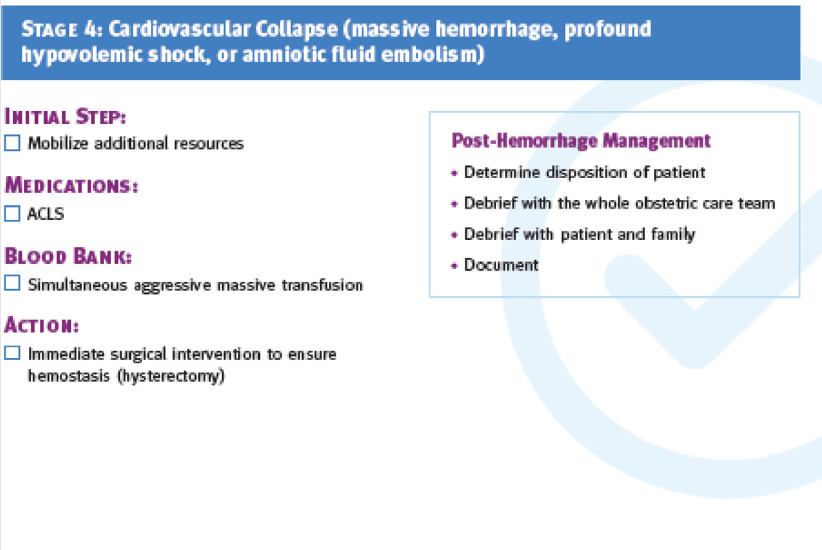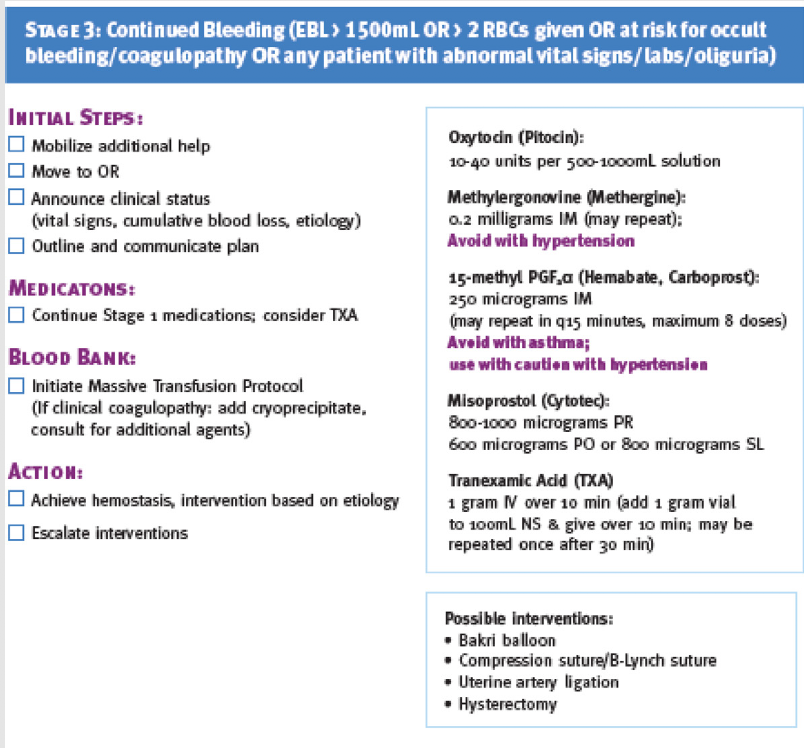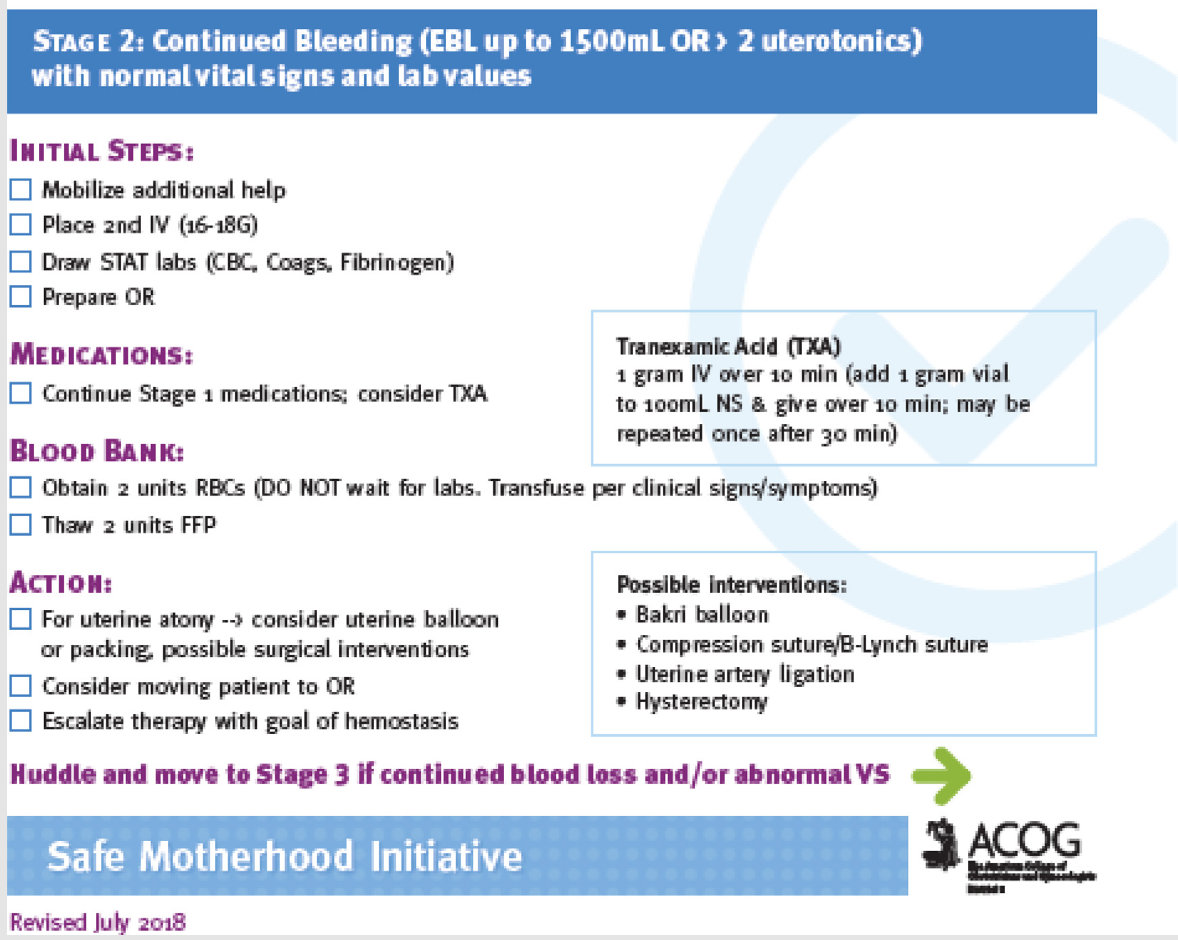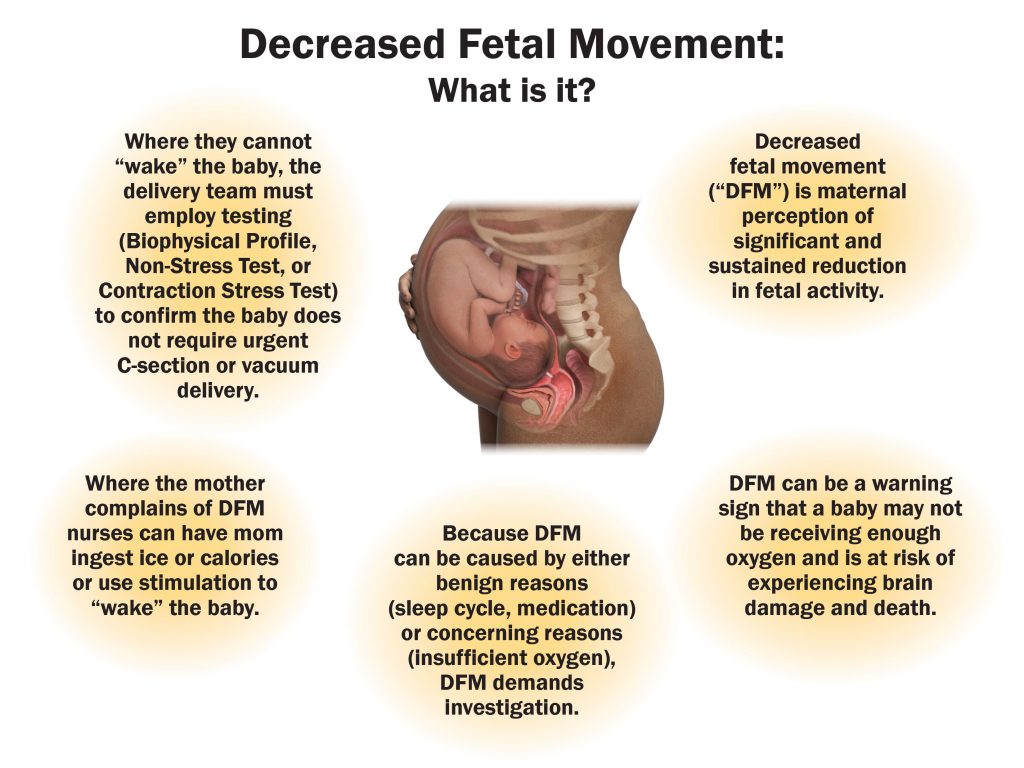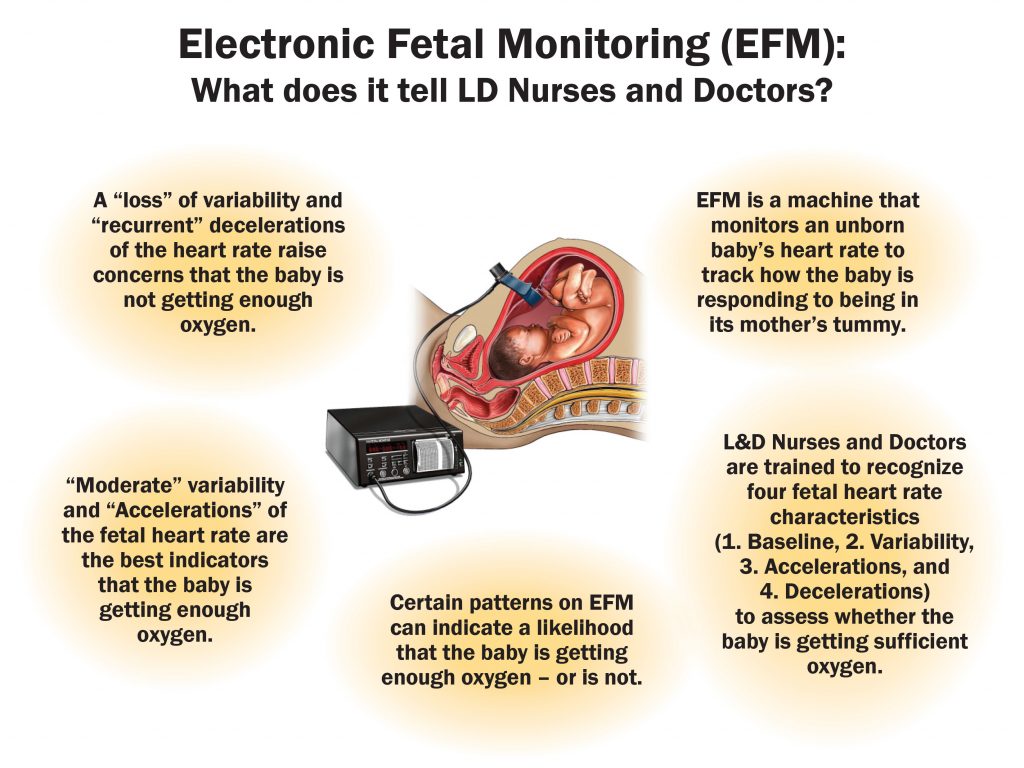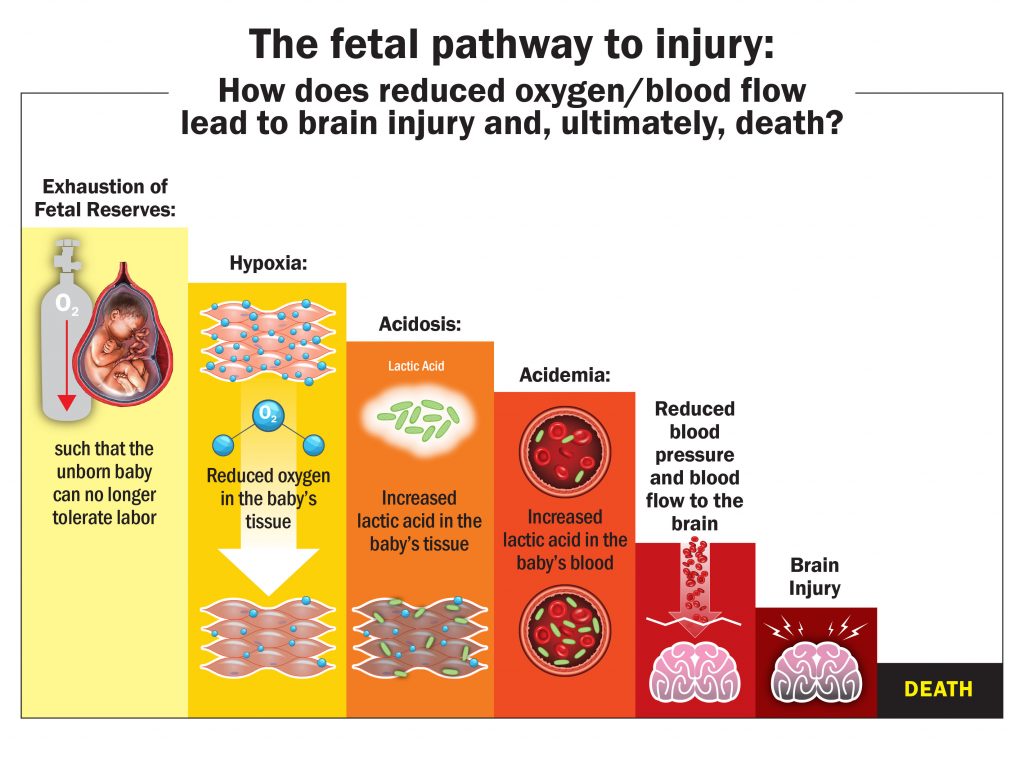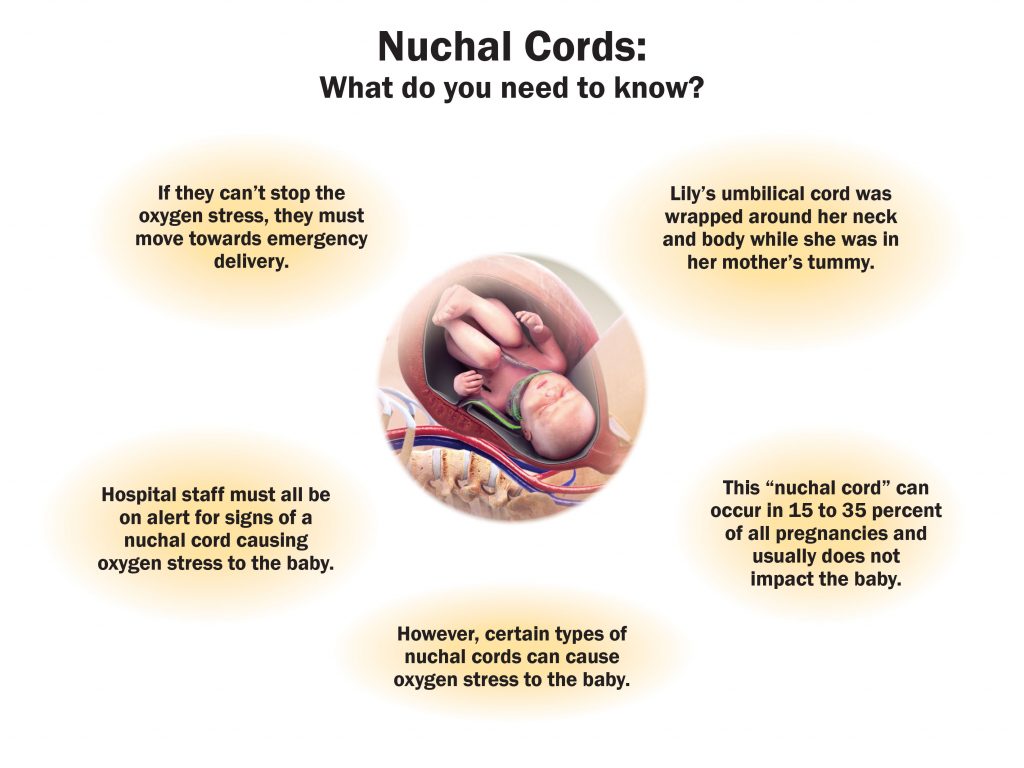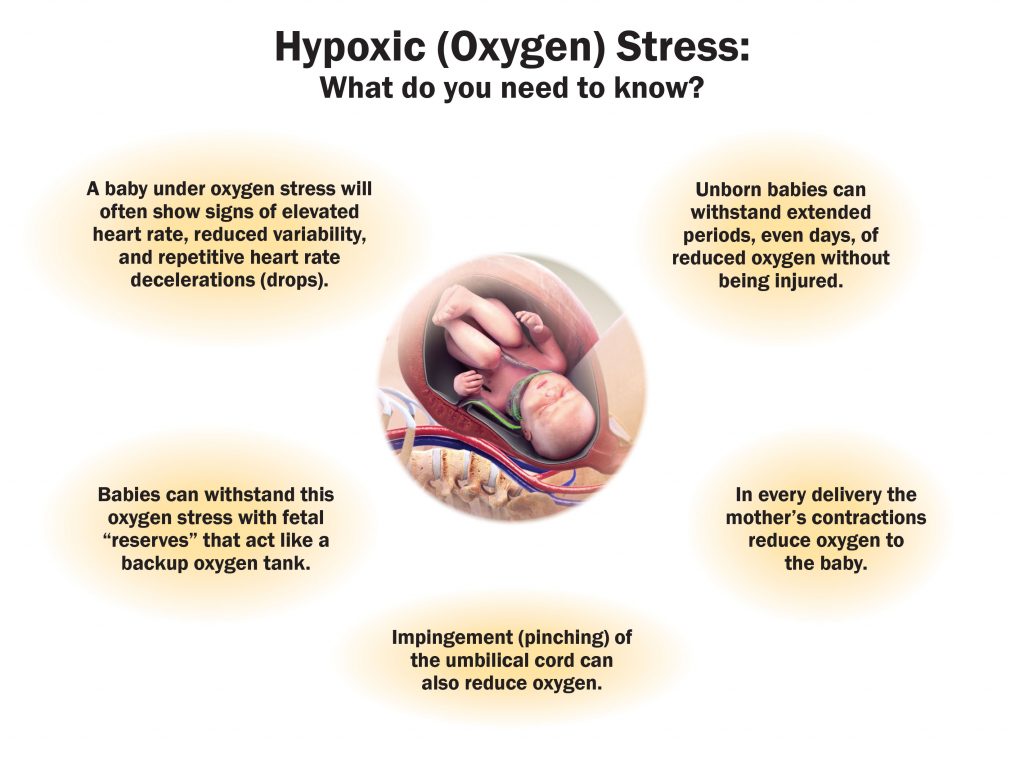Last week, we discussed the various kinds of human resources available to help someone cope with or overcome difficulties associated with cerebral palsy (CP), a condition resulting from injuries to a child’s brain while in the womb or at birth. As stated by the National Institute of Neurological Disorders and Stroke (NINDS), “Many children go on to enjoy near-normal adult lives if their disabilities are properly managed.” While last week’s post described the kinds of people that one might want on the medical care team of someone with CP, this week, we discuss some of the drug treatments available for aid.
Oral medications
According to the NINDS, “oral medications such as diazepam, baclofen, dantrolene sodium, and tizanidine are usually used as the first line of treatment to relax stiff, contracted, or overactive muscles.” The Mayo Clinic also supports this statement, noting that a common purpose of medication in CP is to “lessen the tightness of muscles” and to “improve functional abilities, treat pain and manage complications related to spasticity or other cerebral palsy problems.” Oral muscle relaxants are targeted to treat generalized spasticity, i.e., when the whole body is affected. Additionally, according to the NINDS, oral medications are best suited for children “who only need mild reduction in muscle tone or who have widespread spasticity.”
These drugs can vary in side effects and risks:
- Diazepam, also known as Valium, carries some irsk of dependency, according to the Mayo Clinic. Thus, it is not recommended for long-term use. Side effects of diazepam include drowsiness, weakness, and drooling.
- Dantrolene (Dantrium) includes side effects of sleepiness, nausea, and/or diarrhea.
- Baclofen (Gablofen) includes side effects of sleepiness, confusion, and nausea.
Injections
In contrast, “when spasticity is isolated to one muscle group, your doctor may recommend injections of onabotulinumtoxinA (Botox) directly into the muscle, nerve, or both,” according to the Mayo Clinic. Thus, Botox injections are targeted towards one particular muscle group. These injections can help to improve drooling as well as isolated muscle spasticity, and are administered about every three months. The NINDS notes that these injections have “become a standard treatment for overactive muscles in children with spastic movement disorders such as CP.” The drug, the organization says, works by keeping nerve cells from over-activating the muscle, and is most effective when combined with physical therapy and splinting.
Side effects of Botox injections can include pain, bruising, or severe weakness, and more severe side effects involve difficulty breathing and swallowing. The NINDS notes that these side effects are “mild and short-lived.”
If your loved one suffers from cerebral palsy, call us for help. We will talk to you and review your case for free. The Tyrone Law Firm specializes in representing those who have suffered a devastating injury, such as birth injuries or traumatic brain injury resulting from the negligence of another. Our personal injury firm here in Atlanta has a very successful record of trying such cases.
Nelson Tyrone handles Brain Injury, Spine Injury and RSD/CRPS cases throughout the United States. He involves only the top medical, rehabilitation and life-care plan experts in the field. His results on behalf of clients include several of the largest settlements and verdicts on record.
You can reach us at 404-377-0017 or via email at admin@tyronelaw.com. If we can’t help you, we will do our best to put you into the hands of lawyers who can.
Additional Resources
- National Institute of Neurological Disorders and Stroke, “Cerebral Palsy: Hope Through Research“
- Mayo Clinic, “Cerebral Palsy“
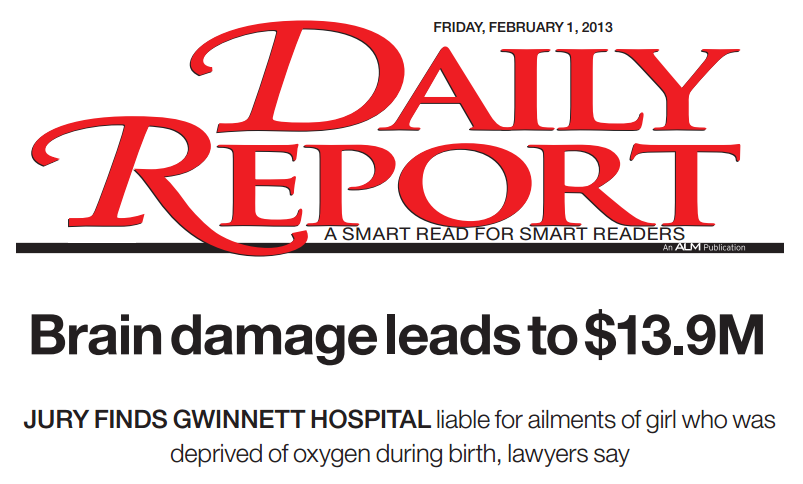



 Hayley serves as a Labor and Delivery Nurse Consultant for the Tyrone Law Firm. She attended and graduated Cum Laude from the University of Georgia in 2004 with a Bachelor of Arts degree in Journalism/Public Relations. After graduation she moved to the gulf coast where she pursued a career in real estate and development.
Hayley serves as a Labor and Delivery Nurse Consultant for the Tyrone Law Firm. She attended and graduated Cum Laude from the University of Georgia in 2004 with a Bachelor of Arts degree in Journalism/Public Relations. After graduation she moved to the gulf coast where she pursued a career in real estate and development.
